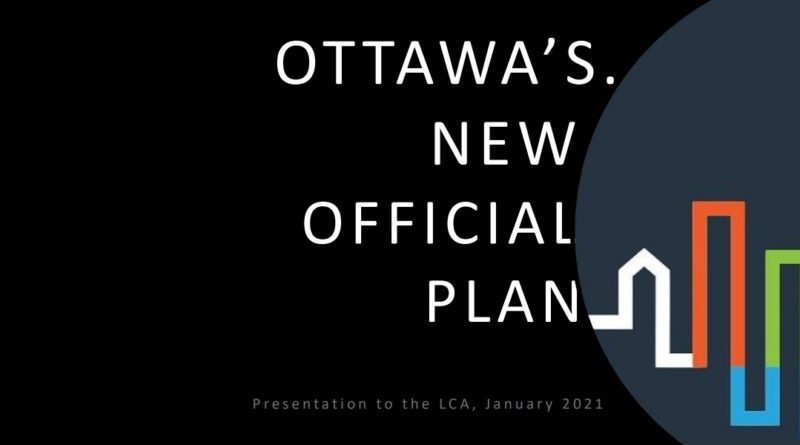City’s new Secondary Plan for Sandy Hill deemed not quite ready for the oven
John Cockburn
On January 19, Action Sandy Hill (ASH) hosted a virtual meeting about the City of Ottawa’s draft new Official Plan. The Official Plan will guide the development of Ottawa as it grows to an estimated population of 1.4 million in the next 25 years.
Ottawa’s current Official Plan was last updated in 1979. Given the growth of our city and new planning priorities: environment, transit, social causes, health, just to name a few it is time for a comprehensive re-examination.
Broad policy directions are provided in the Official Plan, and Secondary Plans describe how these directions are to be applied to neighbourhoods. The focus of ASH’s meeting was on Sandy Hill’s Secondary Plan and was based on the information provided by City officials. Generally, meeting participants and ASH felt there are very significant gaps in the City’s efforts (for detailed comments from ASH see: www.ash-acs.ca).
In spite of the significant planning staff allocated to the Official Plan project, their mandate does not allow for substantive changes to the existing Secondary Plan for Sandy Hill. Rather, their main focus was to ensure consistency of language across the many secondary plans for the city and between secondary plans and the Official Plan. This is no small matter, but given the substantive issues that our neighbourhood faces, it would seem that more than an edit is warranted.
The plans for neighbourhoods such as Centretown are significantly more detailed than that accorded to Sandy Hill. It seemed to many at the meeting that consistency in depth of analysis should be more important than language.
Centretown’s plan has benefitted from a recent Community Design Plan process, and according to Trina Cooper-Bolam, Chair of ASH’s Planning Committee, ASH has demanded a similar visioning exercise should be referenced in the plan with a hard completion date attached. The plan should be considered interim until the exercise is completed.
Another significant gap was the absence of any substantive reference to the University of Ottawa’s plans for the next 25 yearsÑor even a recognition of its pervasive influence on the character of the neighbourhood.
Similarly, the Secondary Plan largely defers heritage directions to that contained in the Official Plan. Heritage considerations apply only to the area north of Osgoode Street while many feel that the entire neighbourhood should be assessed for heritage. ASH has called for the heritage rationale in the existing Secondary Plan to be reiterated in this new version.
In spite of City officials’ view that no new substantive content was to be included in the plan, it envisages the introduction of a new planning designation, “minor corridor,” that will allow for more commercialization and potentially more density along Mann, Somerset, Chapel and Laurier. Increased densities are mentioned but without details, so the plan’s effect on density and population for Sandy Hill remains unclear. In keeping with the focus on transportation hubs as the location for dense development, the area south of Mann including Strathcona Heights and Robinson Village has been included in the Lees Avenue Hub development area.
New content is proposed with respect to Sandy Hill West that would provide for University of Ottawa institutional development. Frequent references appear with respect to preserving and enhancing “good housing” but provide no definition of what that is – alarming, since ASH notes that the neighbourhood has seen its fair share of “bad housing.”
Public comments on the Official Plan were due on February 17. Councillor Fleury and ASH have committed to push for additional opportunity for input so that substantive public comment can be accommodated.
The Official Plan and Secondary Plans can be found at engage.ottawa.ca/the-new-official-plan/news_feed/draft-new-official-plan. Note that Sandy Hill is part of the Central and East Downtown Core Secondary Plan.
